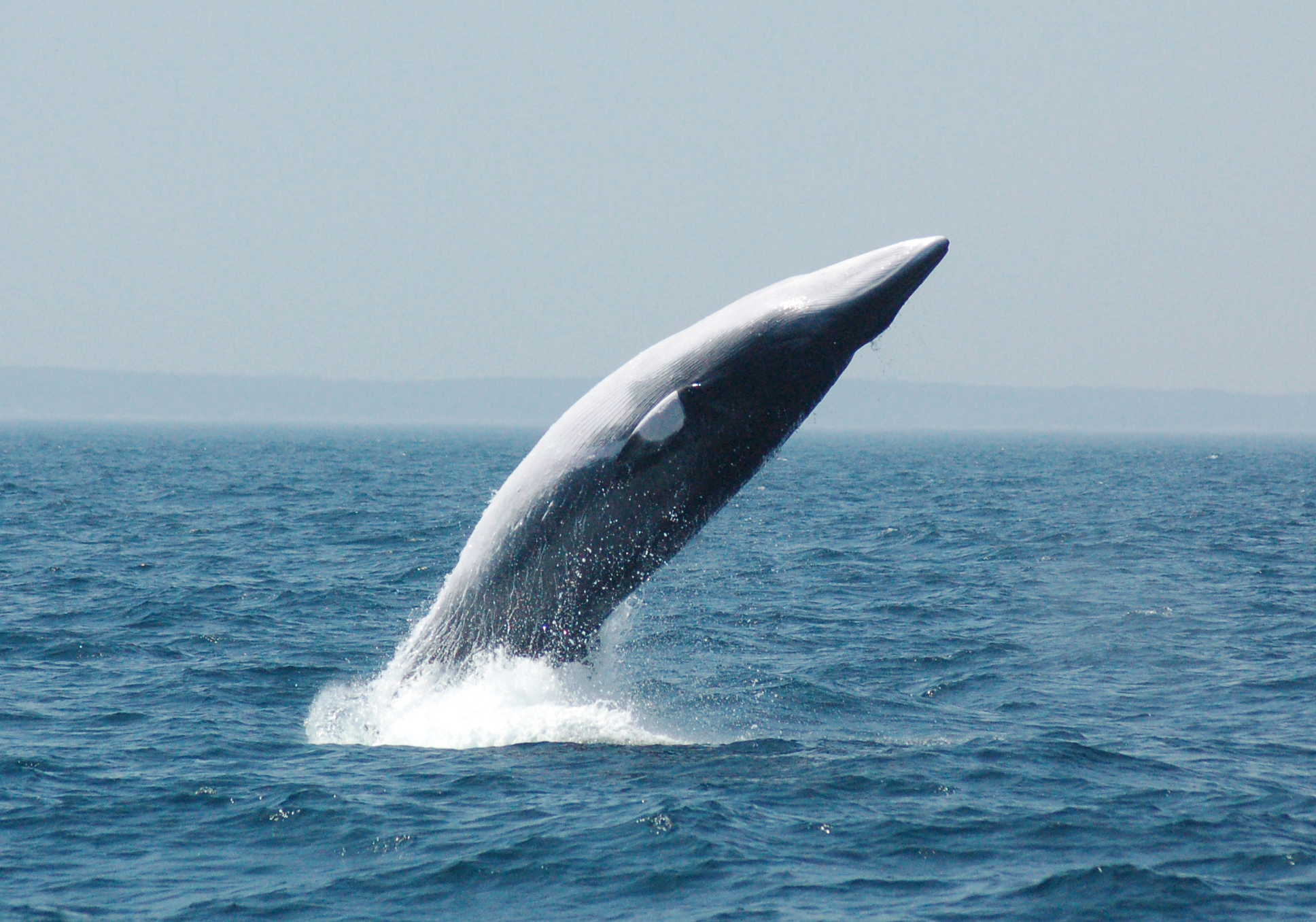Media release
From:
1. Evolution: Small size of minke whales may be lunge-feeding limit
Antarctic minke whales may be the smallest possible size for lunge feeding to be an energy-efficient feeding strategy, a study in Nature Ecology & Evolution suggests.
Baleen whales use a feeding strategy known as lunge feeding, which involves engulfing large volumes of prey-laden water at high speed and filtering it through their baleen ‘sieves’. This feeding technique is only energetically efficient because these animals are able to engulf large amounts: an 80-tonne blue whale is able to engulf a volume of water equal to 135% of its body mass. This feeding strategy also applies to minke whales, the smallest living whales of the rorqual family (a group that also includes blue whales). The approximate mean adult body length of a minke whale is 7.7 m, as compared to around 21–24 m for blue whales.
David Cade and colleagues used noninvasive suction tags to observe 23 Antarctic minke whales foraging by day and by night in the West Antarctic Peninsula. The authors’ findings suggest that there is a minimum size constraint below which lunge feeding is not an efficient strategy, because of how energetically expensive it is. They found that minke whales spent similar proportions of the day and night feeding, but that their daytime lunge feeding rates were only 25-40% of their nighttime rates. They also note that daytime foraging dives were far deeper than those by night, with minke whales of larger sizes able to spend longer at depth than smaller ones. The findings suggest that animals smaller than 5 m in length (the size of weaned minke whales) would be unable to obtain enough food from this feeding strategy — making minke whales the smallest possible size to efficiently lunge feed on zooplankton like krill.
Cade and colleagues indicate that their findings have implications for understanding the evolution of all filter-feeding whales, suggesting that efficient filter feeding and gigantism probably co-evolved in the past 5 million years, as ocean conditions changed to facilitate large prey patches in deep waters suitable for lunge feeding.



 Australia; International; QLD
Australia; International; QLD



